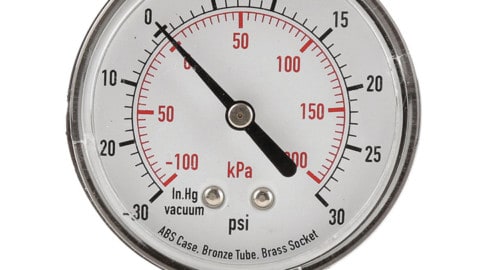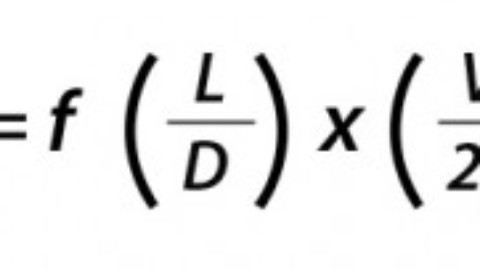Many people are of the belief that a pump “sucks”. While not entirely incorrect, it’s easy to see why so many operators still struggle with pump problems. Liquid flows from areas of high pressure to areas of low pressure. Pumps operate by creating low pressure at the inlet which allows the liquid to be pushed into the pump by atmospheric or head pressure (pressure due to the liquid’s surface being above the centre line of the pump). Even with a perfect vacuum at the pump inlet, atmospheric and external pressure limits how high a pump can lift the liquid. This limit is the key consideration for Net Positive Suction Head (NPSH).
It sounds complicated, but simplified NPSH combines the effect of atmospheric pressure, water temperature, supply elevation and the dynamics of the suction piping.
NPSH is an important parameter to take into account when designing a pump system. If the pressure in the flowing liquid drops to the vapour pressure associated with the temperature of the liquid, vapour bubbles form inside the liquid. Vapour bubbles are carried by the flow and collapse suddenly if the static pressure increases above the vapour pressure at another location along the flow path. The zone of vapourization may reduce or stop the liquid flow and damage the system. This generation and sudden collapse of vapour-filled cavities (bubbles) is called cavitation. On the whole, it is very important to the successful operation of a pump.
There are two key elements to measuring Net Positive Suction Head:
1. NPSHR –Net Positive Suction Head Required
This is a function of the pump design and is the amount of liquid pressure required into the inlet of a pump. It is the lowest value of which NPSH that the pump can be guaranteed to operate without significant cavitation. NPSHR is determined at the manufacturer and can generally be found on the pump performance curve. There is no absolute criterion for determining what this minimum allowable NPSH should be, but pump manufacturers normally select a drop in total dynamic head (differential head) of 3% as the normal value for determining NPSHR.
2. NPSHA –Net Positive Suction Head Available
This is a function of the system in which the pump operates and is the amount available to the pump intake after pipe friction losses and head pressures have been taken into account. NPSHA is determined by a calculation. NPSHA is equal to the absolute pressure head on the liquid surface (Ha) plus the static liquid level above the pump centreline (negative for suction lift) (Hs) minus the absolute liquid vapour pressure head at pumping temperature (Hvap) minus the suction friction head losses (Hf). Ie. NPSHA = Ha + Hs – Hvap – Hf
For the pump to perform properly, NPSHA must be greater than NPSHR for the pump system to operate without cavitating. Put another way, you must have more suction side pressure available than the pump requires.
It should also be noted that difference in altitude will change the absolute pressure head on the liquid surface when tanks are open to atmosphere.
Article courtesy of Brown Brothers Engineers Australia Pty Ltd














